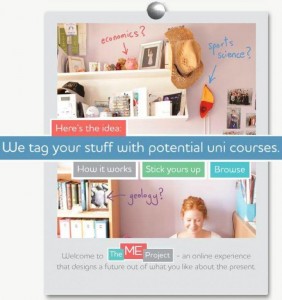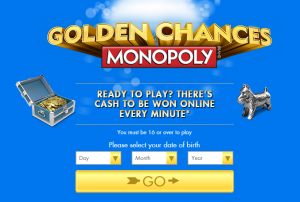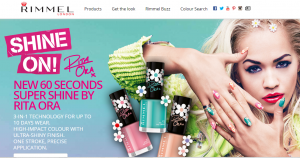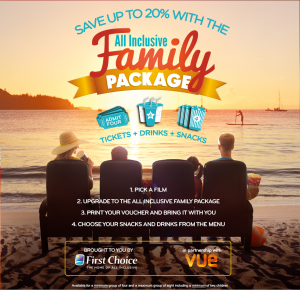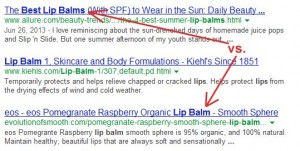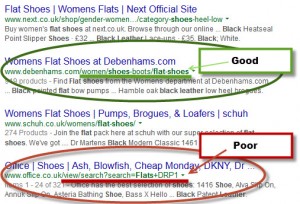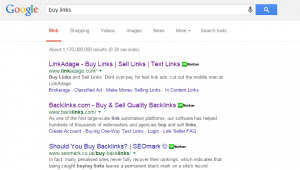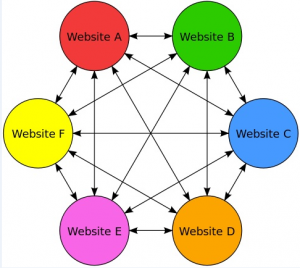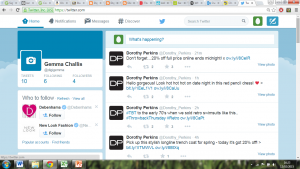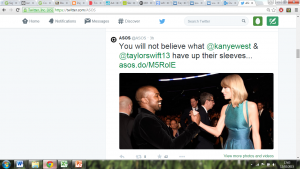Generation Y can be defined as the children of the baby-boomers and have had access to technology their whole lives. They are requiring companies to change their hiring methods, strategies and most importantly to this blog their marketing methods (Tapscott, 2008).
There are several companies that have generation Y as their target market. For examples, Thomas Cooks 18-30s, Asos and NUS extra and they need to adapt their digital marketing strategies because of the below factors:
- Generation Y’s online consumer behaviour has an impact on how companies can digitally market towards them. (Lange, 2014) discusses how millennials have an innate need to be accepted by their peer group both offline and online and this drives why the act the way they do – especially on social media. 18-34 year olds spend 3.8 hours per day on social media including facebook, snapchat and instagram (Marketing Charts, 2013) and companies should take advantage of this in an innovative way to increase positive brand associations. Nike did this particularly well by creating an app that focusses on the dreams of aspiring sports stars to get noticed and accepted and their use of social media (Moreton Bay Digital Enterprise, 2014).
- Generation Y’s access to technology has allowed them to be leaps and bounds ahead of older consumer in terms of their knowledge and usability (Lange, 2014). This means that they are a lot more receptive to innovative and interactive digital marketing methods. In the same breath, they are willing to experiment with new products and this makes them a lucrative brand to target. A project by 303 entitled the ‘ME project’ allowed users to take photos of things that interest them, upload onto an interactive platform and 303 would attempt to come up with a plan for the future that interested them (Moreton Bay Digital Enterprise, 2014).
- However, Generation Y can be cynical and have short attention spans in terms of online campaigns and this makes it very important for companies to be transparent and use reputable methods (Lange, 2014). Generation Y are also part of a strong online community and E-word of mouth (EWOM) is very effective making it essential brands keep this target audience happy (Lin, et al., 2012).
- (Chester & Montgomery, 2008) discuss that generation Y are being used as guinea pigs to test new digital marketing methods. They talk that this market is less regulated than TV advertising for example and there is a threat that it may become more regulated in the future. Below is an example of a digital marketing campaign by Mcdonalds that plays on millenials need to be accepted and desire to win, critics say this campaign encourages child obesity. Companies need to ensure they do not take advantage of Generation Y or it could backfire.
This blog has summarised some of the key points that affect companies targeting their digital marketing to generation Y.
References
Chester, J. & Montgomery, K., 2008. Digital marketing to youth:an emerging threat. Consumer Policy Review, Vol. 18(No. 6), pp. Pg. 147-154.
Lange, K., 2014. Cracking the Youth Market Online. [Online]
Available at: http://www.quirk.biz/resources/article/4935/cracking-youth-market-online
[Accessed 22nd April 2015].
Lin, T., Lu, K.-Y. & Wu, J.-J., 2012. The effects of visual information in eWOM communication. Journal of Research in Interactive Marketing, Vol. 6(No. 1), pp. Pg. 7-26.
Marketing Charts, 2013. Social Networking Eats Up 3+ Hours Per Day For The Average American User. [Online]
Available at: http://www.marketingcharts.com/online/social-networking-eats-up-3-hours-per-day-for-the-average-american-user-26049/
[Accessed 22nd April 2015].
Moreton Bay Digital Enterprise, 2014. Connect with youth through digital marketing. [Online]
Available at: http://www.depmoretonbay.com.au/resources/connect-with-youth-through-digital-marketing/
[Accessed 22nd April 2015].
Tapscott, D., 2008. Grown Up Digital: How the Net Generation is Changing Your World HC. New York: Mcgraw-Hill.


